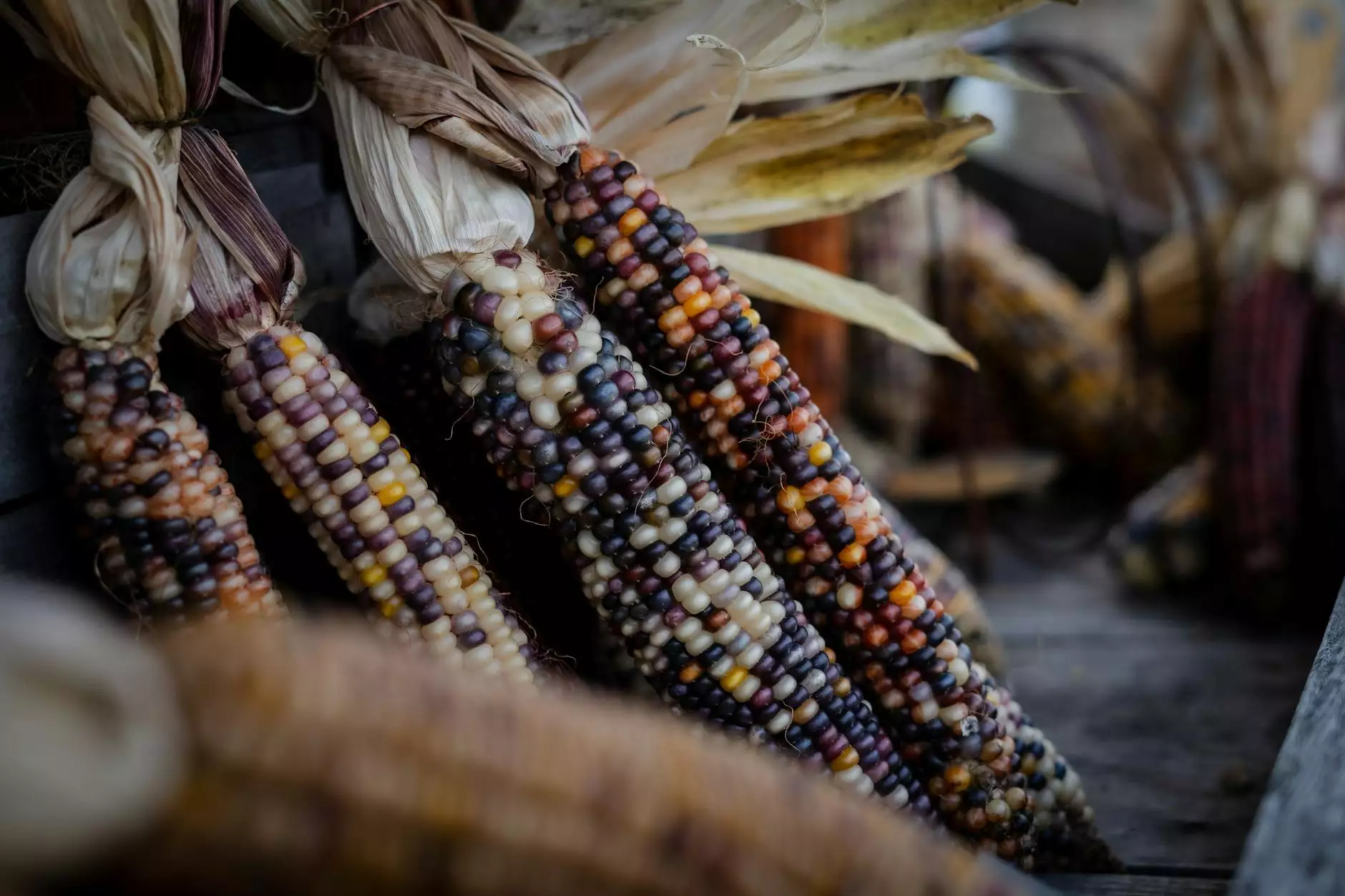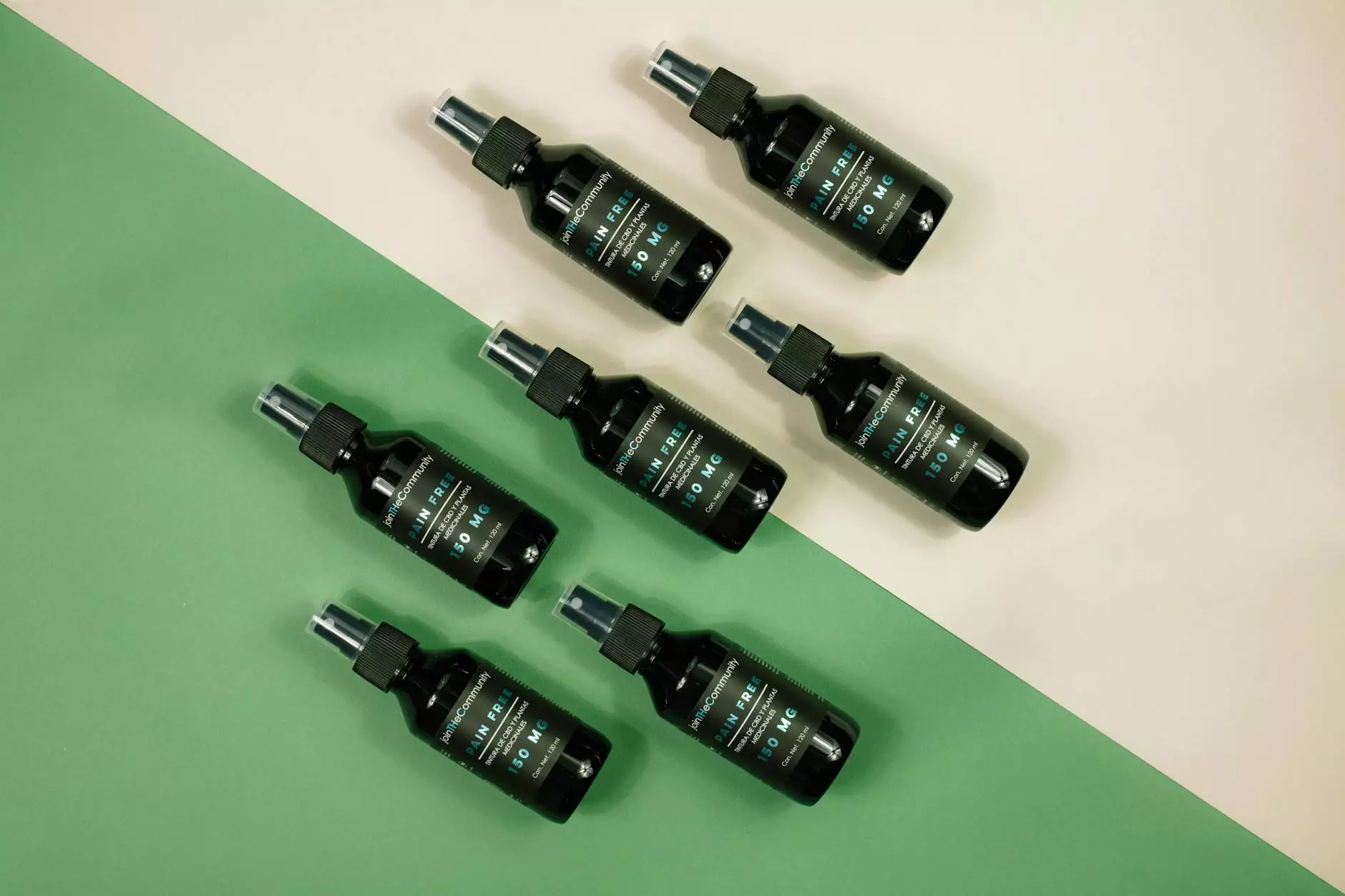Corns on Toes: Understanding, Prevention, and Treatment

Corns on toes are a common issue that many people face, particularly those who spend long hours on their feet or wear ill-fitting shoes. Understanding corns on toes is essential for preventing discomfort and maintaining overall foot health. In this comprehensive guide, we will delve into the nature of corns, their causes, symptoms, prevention strategies, and effective treatments.
What Are Corns on Toes?
Corns are thickened layers of skin that develop as a protective response to friction and pressure. They often appear on the tops or sides of the toes and can cause significant discomfort. Corns develop as a result of repeated friction, which may occur from:
- Improper footwear – Shoes that are too tight or too loose.
- Abnormal foot mechanics – Issues such as bunions or hammertoes that can alter the way pressure is distributed on the toes.
- Long periods of standing or walking – Occupations or activities that require extensive use of the feet.
Symptoms of Corns on Toes
The primary symptoms of corns on toes include:
- Thickened skin – A hard or bumpy area of skin that may appear yellowish or gray.
- Pain or tenderness – Discomfort when pressure is applied, particularly while walking or wearing shoes.
- Swelling and redness – Inflammation surrounding the corn area.
Causes of Corns on Toes
Understanding the causes of corns on toes is crucial for prevention. Common factors include:
1. Footwear Choices
Wearing shoes that do not fit properly is the leading cause of corns on toes. Tight shoes create pressure points where corns can form, while overly loose shoes can cause the foot to slide, leading to friction.
2. Poor Foot Mechanics
Conditions like hammertoes or bunion deformities can change the structure of your foot, leading to increased friction on specific areas.
3. Activity Level
High-impact activities or standing for long periods can exacerbate the likelihood of developing corns. Athletes and individuals in jobs requiring prolonged standing are particularly susceptible.
How to Prevent Corns on Toes
Effective prevention of corns on toes involves several proactive strategies:
- Choose proper footwear – Ensure your shoes fit correctly and allow enough room for your toes.
- Use protective pads – Consider corn pads or silicone toe sleeves to reduce friction.
- Maintain foot hygiene – Regular washing and moisturizing can keep skin healthy and less prone to friction-related issues.
- Limit high-impact activities – When possible, alternate between activities to reduce pressure on your feet.
Treatments for Corns on Toes
If you already have corns, several treatment options can help alleviate discomfort and promote healing:
1. Over-the-Counter Treatments
Many drugstores offer treatments specifically designed for corns, including:
- Corn removal pads – These often contain salicylic acid to help dissolve the corn.
- Moisturizing creams – Using creams that contain urea can help soften thickened skin.
2. Foot Soaks
Soaking your feet in warm, soapy water can soften corns, making them easier to remove. After soaking, gently exfoliate the area with a pumice stone or foot file.
3. Custom Orthotics
If corns are a recurring problem due to structural issues, consider visiting a podiatrist. They can provide custom orthotics that help distribute pressure evenly across the foot.
4. Professional Removal
In some cases, it may be necessary to have corns removed by a medical professional. A podiatrist can safely and effectively treat corns, ensuring no infection poses a risk.
When to See a Podiatrist
While many cases of corns on toes can be managed at home, you should consult a podiatrist in the following situations:
- The corn becomes inflamed, painful, or shows signs of infection.
- You have diabetes or circulatory issues affecting your feet.
- You notice changes in the appearance of your foot or develop new growths.
Living with Corns on Toes
Dealing with corns on toes may require some lifestyle adjustments. Incorporating good foot care practices can significantly reduce the occurrence:
- Wear cushioned socks – Opt for thicker socks that provide additional padding.
- Limit foot exposure – Try to avoid activities that cause excessive rubbing on your toes.
- Regularly check your feet – Make it a habit to inspect your feet for any signs of corns or other issues.
Conclusion
Corns on toes can be more than just a cosmetic issue; they can significantly impact your quality of life. Understanding the causes, employing preventive measures, and seeking effective treatments are key to maintaining your foot health. Remember, if you're struggling with persistent corns or have any concerns about your foot health, do not hesitate to reach out to a qualified podiatrist. Proper care and attention can lead to healthier, more comfortable feet.
For more information about foot care and professional treatments, visit thefootpractice.com, your trusted resource for health and medical podiatry.









